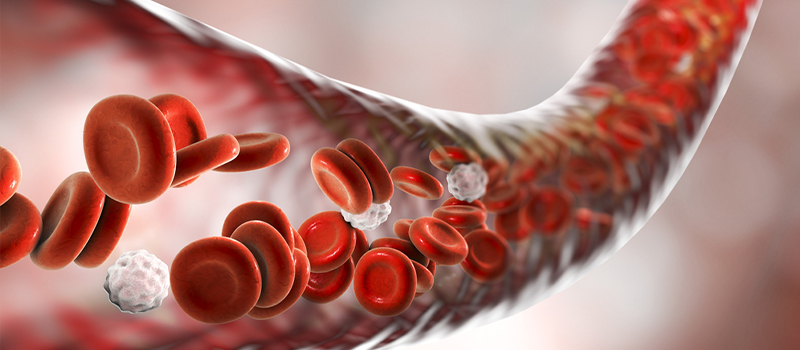Critical Limb Ischemia
If you or someone you know is exhibiting symptoms of critical limb ischemia, it is crucial to get medical intervention immediately. This is because CLI is a grave medical condition that can adversely affect the flow of blood to the limbs. If left untreated, it can cause excruciating pain, damage the tissues, and even lead to limb decapitation.

This article will explore the symptoms of CLI, its diagnostic procedures as well as the different treatment options available. We’ll also look at the importance of surgical interventions in reducing the risk of further complications.
Signs and Symptoms
CLI often manifests with symptoms that indicate insufficient blood supply to the limbs; these may include
- Persistent pain, usually in the feet or toes, is common in people suffering from CLI. The pain may worsen during physical activity. This pain is unrelenting, and even periods of rest offer no relief.
- The reduced blood circulation to the affected limbs may cause them to feel cold to the touch, and their appearance might be pale.
- General numbness, tingling, and weakness in the compromised limb are common due to nerve impairment caused by reduced blood flow.
- Additionally, wounds on the feet that do not heal within a reasonable duration could indicate CLI because the body’s ability to heal itself is diminished.

Diagnostic Procedures
To diagnose CLI, your healthcare practitioner will perform several physical examinations and use tests, including:
- Ankle-Brachial Index (ABI): The ABI will measure the blood pressure in the ankle and compare it to the blood pressure in the arm. If the ABI value is too low, it indicates less than-normal blood flow to the legs.
- Doppler Ultrasound: This non-invasive test uses sound waves to map images of blood circulation in the arteries. It can help identify blockages and evaluate the extent of the illness.
Treatment Options
Early intervention is most important to prevent CLI from progressing and improve medical outcomes. The health specialist may perform several treatment options, such as:
Lifestyle modifications: In this case, we’re talking about managing risk factors like smoking, diabetes, high blood pressure, and high cholesterol in order to boost blood circulation and lower the symptoms.

Patients may also be prescribed medications like blood-thinning agents, pain relievers, and drugs that boost the dilation of blood vessels.
Doctors may use minimally invasive procedures such as angioplasty (inflating a balloon in the contracted artery) to widen it in more severe cases. It is often preceded by stenting to keep the artery open.
Surgical Interventions
If all the above interventions are not adequate, a surgeon may intervene to restore normal blood circulation and save limbs.
- Bypass surgery involves creating a graft to reroute blood around the blocked artery and restoring circulation to the limb.
- An endarterectomy procedure removes the inner lining of the blocked artery to clear the obstruction.
- To save the patient’s life, an amputation might be the last call in extreme cases where blood flow cannot be resuscitated, and tissue damage is extensive.
CLI is a deadly disease that can lead to serious limb impairment or even death. Early detection and the right treatment can greatly impact your overall well-being. If you suspect a CLI case, don’t hesitate to contact us today to schedule a consultation.
Washington Vascular Specialists has a team of medical experts ready to give you the specialized care to restore your quality of life. We excel in diagnosing and treating vascular disorders, including CLI.



